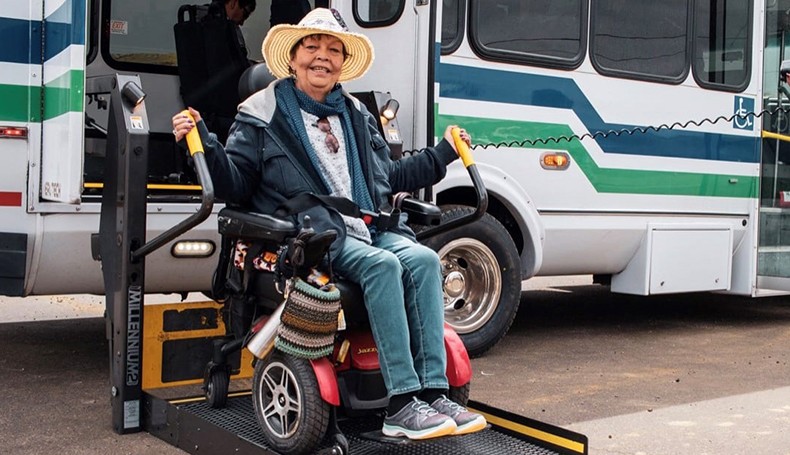Coordination and Mobility Management Development Are Expected Outcomes for Stakeholders Working Together in New Hampshire
- Author: Guest Contributors - Fred Roberge, Steve Workman and Gene Patnode, NH SCC members
- Date: August 17, 2021
Participants of the Mobility Management subcommittee of the New Hampshire State Coordinating Council for Community Transportation ( SCC ) meeting…


